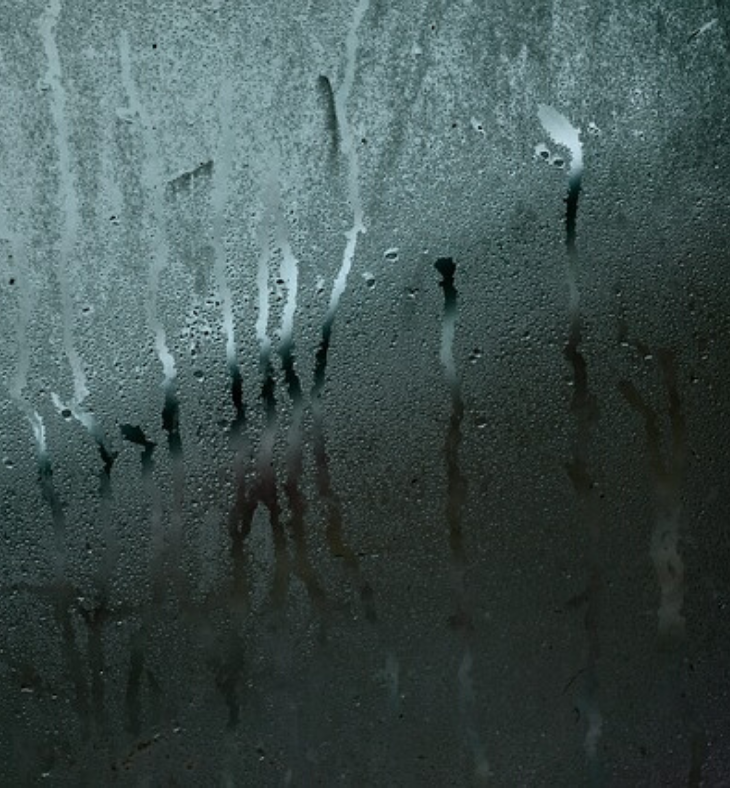
Is Your Home’s Humidity Helping Or Hurting Your Comfort?
Do you ever wonder why people use humidifiers and de-humidifiers? Well, wonder no more! We are going to explain it all. We will start off by telling you what humidity is and how it plays a part in your home. Then we will talk about what the ideal home humidity level is. Let’s dive in!
So, what is humidity? Simply put, humidity is the water vapor in the air. There are two kinds of humidity that we will talk about. Relative and absolute. Relative is what most people are talking about when they talk about humidity. Relative is what meteorologists talk about when they give you the humidity levels.
Relative humidity is measuring how close the air is to saturation at a specific temperature. 100 percent saturation means the air can’t hold any more moisture and this will result in rain or snow. 0 percent saturation means there is no water vapor in the air. Southwest Michigan averages 73 percent relative humidity for the year. That means, on average, the air is holding 73 percent of its maximum water vapor.
Absolute humidity is the measure of how much water vapor is in the air regardless of the temperature. This is important to note because the relative humidity in the summer might be 72 and 76 in the winter, but that doesn’t mean there is more water vapor in the air in the winter. The cold air has a lower water vapor capacity than the warm air. That means it can reach the same relative humidity level with significantly less water vapor than is needed for warmer air. This results in the absolute humidity being lower in the winter than it is in the summer. That is why your nose and skin dry out in the winter more than the summer. There are some calculators and variables that you can use to figure out what the absolute humidity is, but it doesn’t matter that much here. The important thing to know is there is less water vapor in the air in the winter and because of that you need to humidify (add water vapor) in the winter and de-humidify (remove water vapor) in the summer.
Now let’s talk about how the humidity effects your heating and air conditioning, or HVAC, system. High humidity air is harder to cool off. In the summer, you need to remove humidity so the air is easier to cool and the load on your AC is reduced. If there is too much humidity it will feel warmer in your home than the temperature says. This will cause you to set the temperature lower than needed and cause your system to work harder than is necessary. Also as your house cools off the humidity will go up if you don’t remove it. The air will cool off and the lower temperature air will become saturated quicker. This is the reason dehumidifying your house is a critical part of the air conditioning process. Humidity control must be the first consideration when looking at proper air conditioning equipment and the size of that equipment. An oversized system will drop the temperature in your home without removing the proper amount of humidity causing a “clammy” feeling.
Just the opposite is true for the winter months. The dry air is harder to heat. There is not enough water vapor in the outside air to provide the heated air in your home with the proper amount of humidity. Without the proper amount of humidity your furnace must work harder to heat your home. Like with the AC, this will cause extra wear and tear on your HVAC system and reduce its overall life. It will also add to your energy bill. Adding humidity to your home in the winter will enhance the comfort of your home at lower temperatures. This will result in energy savings, added equipment life, and a more comfortable home.
Now that we know all we need to about humidity and how it affects our HVAC system, we need to know how to measure it in our home. There are a variety of options for this. You can get a basic hygrometer from your local hardware store or an online merchant. They can be relatively inexpensive or quite costly. The choice is up to you. You can also invest in a thermostat, like the Nexia, that monitors your home’s humidity (We will cover thermostat choices in a separate article). The prices vary and you will ultimately have to make the decision on what one you want based on your needs and budget.
Finally, we need to put all this information together. We recommend you keep your home’s humidity between 35 – 40 percent. This should provide a comfortable feeling in your home and keep your HVAC system happy. There are a couple things you need to keep in mind with this recommendation though.
- This is just a recommendation. Each person will feel comfortable with different humidity levels. It’s your home, adjust the humidity to your comfort level.
- While 35 – 40 percent is preferred, it might not be practical. If it is warm outside and you are cooling your home with high humidity you might see condensation on the ceiling, walls, or other places. This is because the cold air in your home has reached 100 percent saturation. If this happens you need to turn up the temperature in your home or reduce the humidity.
- On the other side of that, if the temperature is too cold outside high indoor humidity might cause condensation and/or ice crystals to form on the windows. Newer windows are better insulated and protect against this but if it does happen to you, just lower the humidity a little.
A lot of people spend money on a great HVAC system but don’t get humidity control because they want to save a couple bucks. Saving money in the short term might seem like a good idea, but chances are it will cost you more in maintenance, energy bills, and your comfort over the long run.



